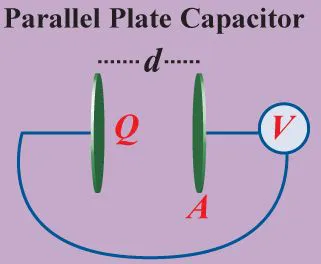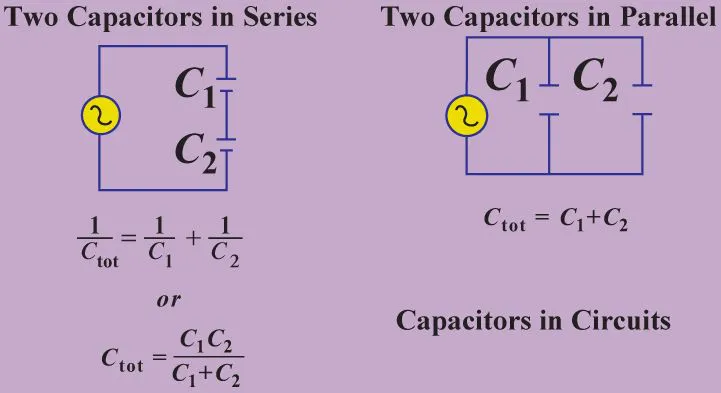
eBook - ePub
Physics
This is a test
Compartir libro
- 6 páginas
- English
- ePUB (apto para móviles)
- Disponible en iOS y Android
eBook - ePub
Physics
Detalles del libro
Vista previa del libro
Índice
Citas
Información del libro
Reference and outline to concepts in physics.
Preguntas frecuentes
¿Cómo cancelo mi suscripción?
¿Cómo descargo los libros?
Por el momento, todos nuestros libros ePub adaptables a dispositivos móviles se pueden descargar a través de la aplicación. La mayor parte de nuestros PDF también se puede descargar y ya estamos trabajando para que el resto también sea descargable. Obtén más información aquí.
¿En qué se diferencian los planes de precios?
Ambos planes te permiten acceder por completo a la biblioteca y a todas las funciones de Perlego. Las únicas diferencias son el precio y el período de suscripción: con el plan anual ahorrarás en torno a un 30 % en comparación con 12 meses de un plan mensual.
¿Qué es Perlego?
Somos un servicio de suscripción de libros de texto en línea que te permite acceder a toda una biblioteca en línea por menos de lo que cuesta un libro al mes. Con más de un millón de libros sobre más de 1000 categorías, ¡tenemos todo lo que necesitas! Obtén más información aquí.
¿Perlego ofrece la función de texto a voz?
Busca el símbolo de lectura en voz alta en tu próximo libro para ver si puedes escucharlo. La herramienta de lectura en voz alta lee el texto en voz alta por ti, resaltando el texto a medida que se lee. Puedes pausarla, acelerarla y ralentizarla. Obtén más información aquí.
¿Es Physics un PDF/ePUB en línea?
Sí, puedes acceder a Physics de en formato PDF o ePUB, así como a otros libros populares de Sciences physiques y Physique. Tenemos más de un millón de libros disponibles en nuestro catálogo para que explores.
Información
Categoría
Sciences physiquesCategoría
Physique
ELECTRICITY & MAGNETISM

- Electric Fields & Electric Charge Examine the nature of the field generated by an electric charge and the forces between charges
- Coulomb, given the symbol C, is a measure of the amount of charge: 1 Coulomb = 1 amp • 1 sec e is the charge of a single electron: e = 1.6022 x 10-19 C
- Coulomb’s Law for electrostatic force, Fcoul =
1 4πεo
r̂q1q2 r2 - Electric Field, E, is the potential generated by a charge that produces Fcoul on charge qo:
E = Fcoul qo - Superposition Principle: The total F and E have contributions from each charge in the system: F = Σ Fi E = Σ Ei
- Sources of Electric Fields: Gauss's Law
- Electric flux, Φe gives rise to electric fields and Coulombic forces
- Gauss’s Law:Φe = ∫ E · dA =
The electric flux, Φe , depends on the total charge in the closed region of interestQ εo
- Electric Potential & Coulombic Energy
- Coulombic potential energy is derived from Coulombic force using the following equation: Ucoul = ∫ Fcoul dr
- Coulombic Potential Energy: Ucoul =
1 4πεo qq' r - Coulombic Potential/Voltage
- The Coulomb potential, V(q), generated by q is obtained by dividing the Ucoul by the test charge, q': U = V(q)q' V(q) =
=U q' 1 4πεo q r
- The Coulomb potential, V(q), generated by q is obtained by dividing the Ucoul by the test charge, q': U = V(q)q' V(q) =
- For an array of charges, qi, Vtotal = ΣVi
- Coulombic Potential Energy: Ucoul =
- Potential for a Continuous Charge Distribution: V =
∫1 4πεo dq r - The Dielectric Effect
- Electrostatic forces and energies are diminished by placing material with dielectric constant l between the charges
- Voltage and electrostatic force (V & F) depend on the dielectric constant, k
- For a material with dielectric constant k : V(k) =
V(vacuum) F(k) =1 k
F(vacuum)1 k
- Coulombic potential energy is derived from Coulombic force using the following equation: Ucoul = ∫ Fcoul dr
- Capacitance & Dielectrics
- A capacitor consists of two separated electrical conducting plates carrying equal and opposite charge. A capacitor stores charge/electrical potential energy
- Capacitance, C, is defined as the ratio of charge, Q, divided by the voltage, V, for a capacitor: C =
V is the measured voltage; Q is the chargeQ V - Energy stored in a charged capacitor: U =
= ½QV = ½CV2½Q2 C - Parallel plate capacitor, with a vacuum, with area A, and spacing d:
- Capacitance: C = εo
A d - Energy Stored: U = ½εoAdE2
- Electric Field: E =
=V d Q εoA
- Capacitance: C = εo
- Parallel plate capacitor, dielectric material with dielectric constant k, with area A, spacing d: C =

= kC0 C0 = vacuum capacitorkεoA d - Capacitors in Circuits: A group of capacitors in a circuit is found to behave like a single capacitor
- Capacitors in Series:
= Σ1 Ctot 1 Ci - Capacitors in Parallel: Ctot = ΣCi
- Energy stored in a charged capacitor: U =

- Current & Resistance: Ohm’s Law
- Current & Charge: The current, I, measures the charge passing through a conductor over a time; total charge, Q: Q = I · t
- Ohm’s Law: Current density, J, is in proportion to the field; σ is called the conductivity: J = σE
- Resistance
- The resistance, R, accounts for the fact that energy is lost by electron conduction; resista...